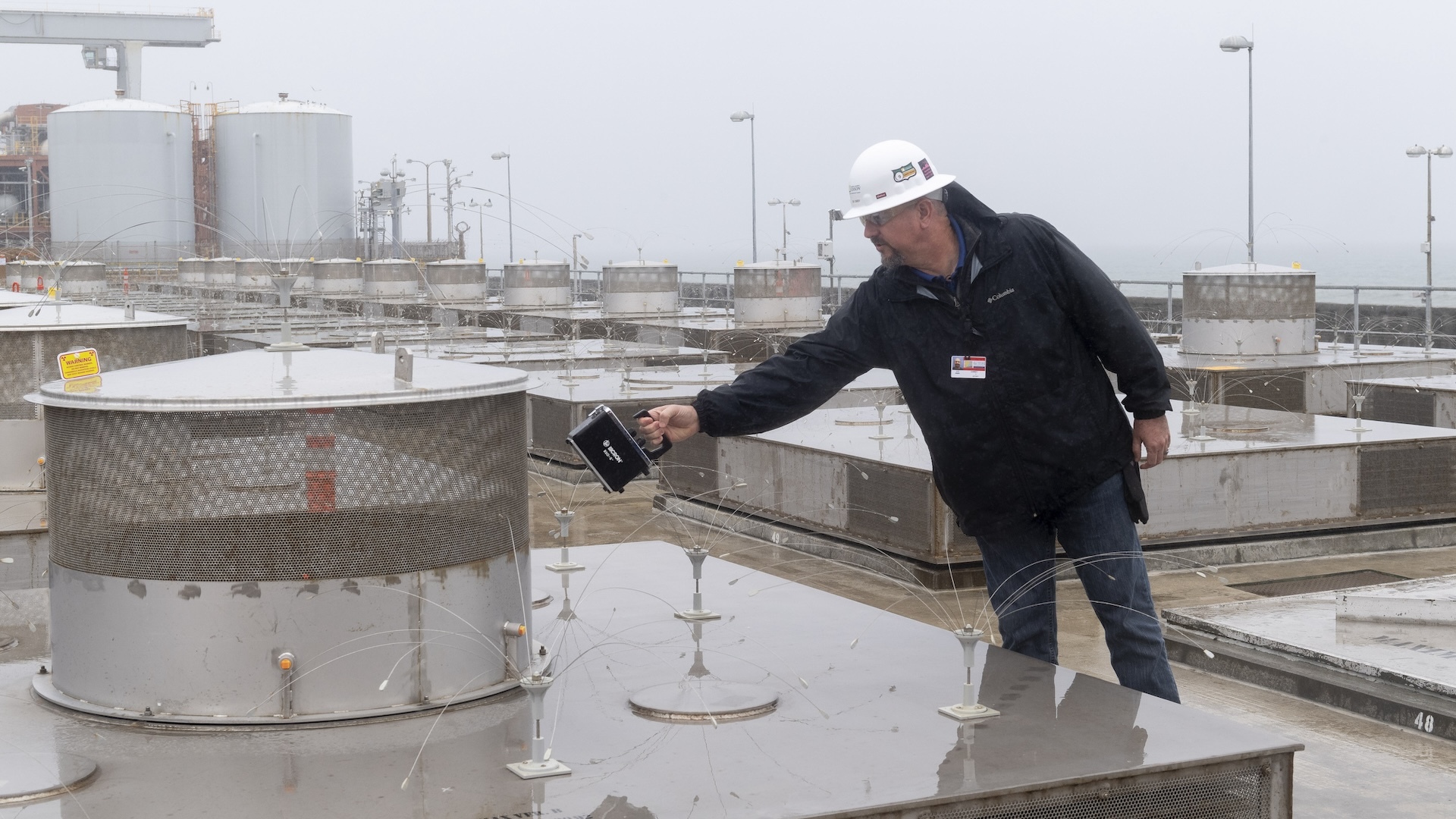The decades-long struggle to find a permanent place to dispose of nuclear waste will continue, probably for many years to come.
Around the U.S., about 90,000 tons of nuclear waste is stored at over 100 sites in 39 states, in a range of different structures and containers.
From a few grams of (e.g.) uranium fuel, to tons of nuclear waste? 🤔
There are 3 tiers of radioactive waste. With the highest being radioactive enough to produce heat, and the lowest being barely (if at all) more radioactive than your home.
But the low level waste accounts for 96% of waste, and is sometimes made up of things that could be contaminated, and are treated as such as a precaution.
The highest level waste makes up <1% of waste.
Of particular note, most of that low level waste has a half-life of about 30 years. It is most often planned to be stored on site at the nuclear plant and included in the decommissioning plan made before the nuclear power plant is even built.
Similar low level waste comes from nuclear medicine, used at most hospitals worldwide. Radiotracers, PET/CT scans, etc all use nuclear radioactivity in your local hospital and produce low level nuclear waste. Hell they send people home while they’re still actively radioactive all the time.
Common understanding of radioactivity is ridiculously uneducated.
After how many half-lives, if any, can those materials be declared “cool”?
The gloves and overalls, that might possibly have been exposed are also ‘nuclear waste’.
It’s sometimes better to think of it as “heavy metal contaminated” waste. Most of it won’t show up on a gigar counter, but has enough heavy metals byproducts that you don’t want it sat in the water table.
The only stuff to seriously worry about is the high/medium level waste. This only makes up a tiny fraction of the overall waste.
No. I think it’s worth worrying about the stuff to keep away from the water supply too.
Fully agreed on that. It was more meant in the level of protection required.





